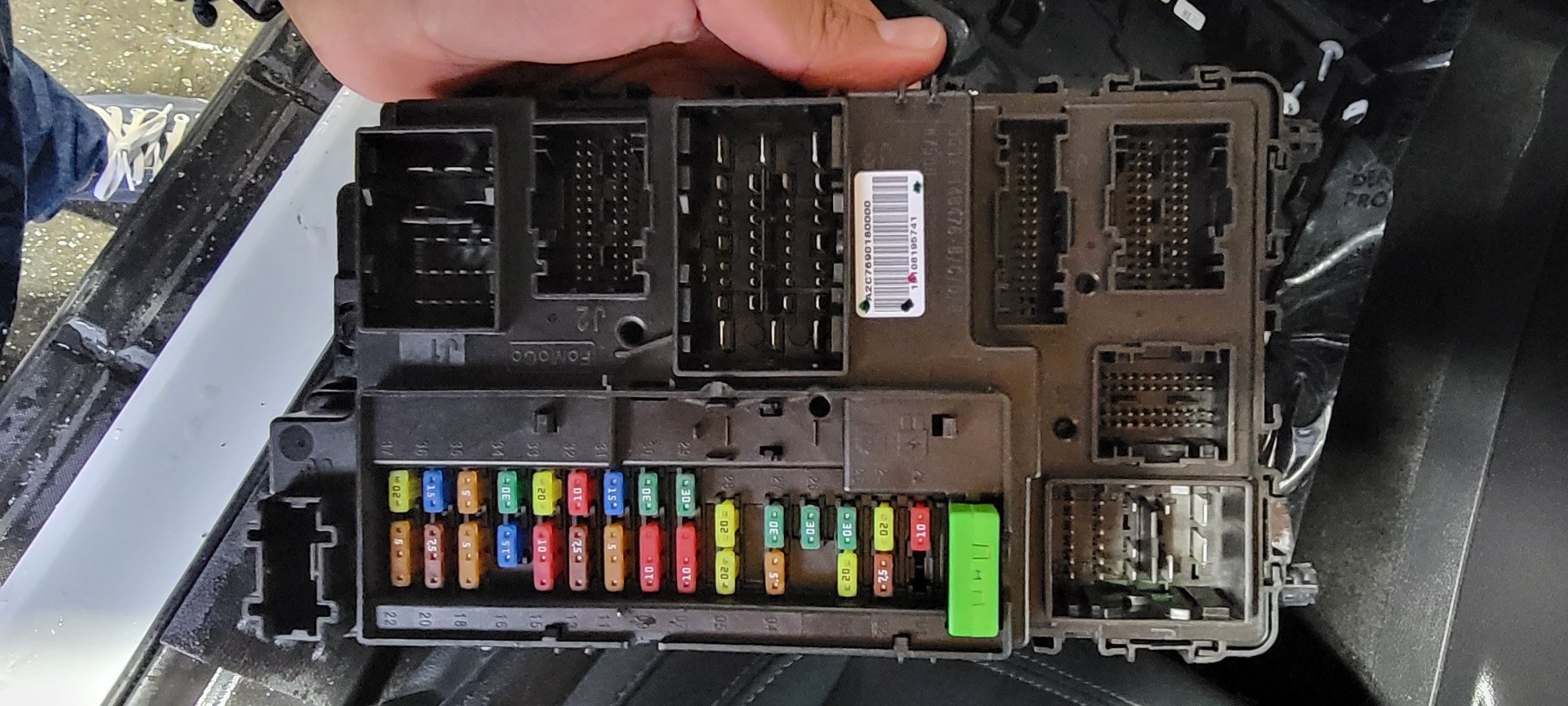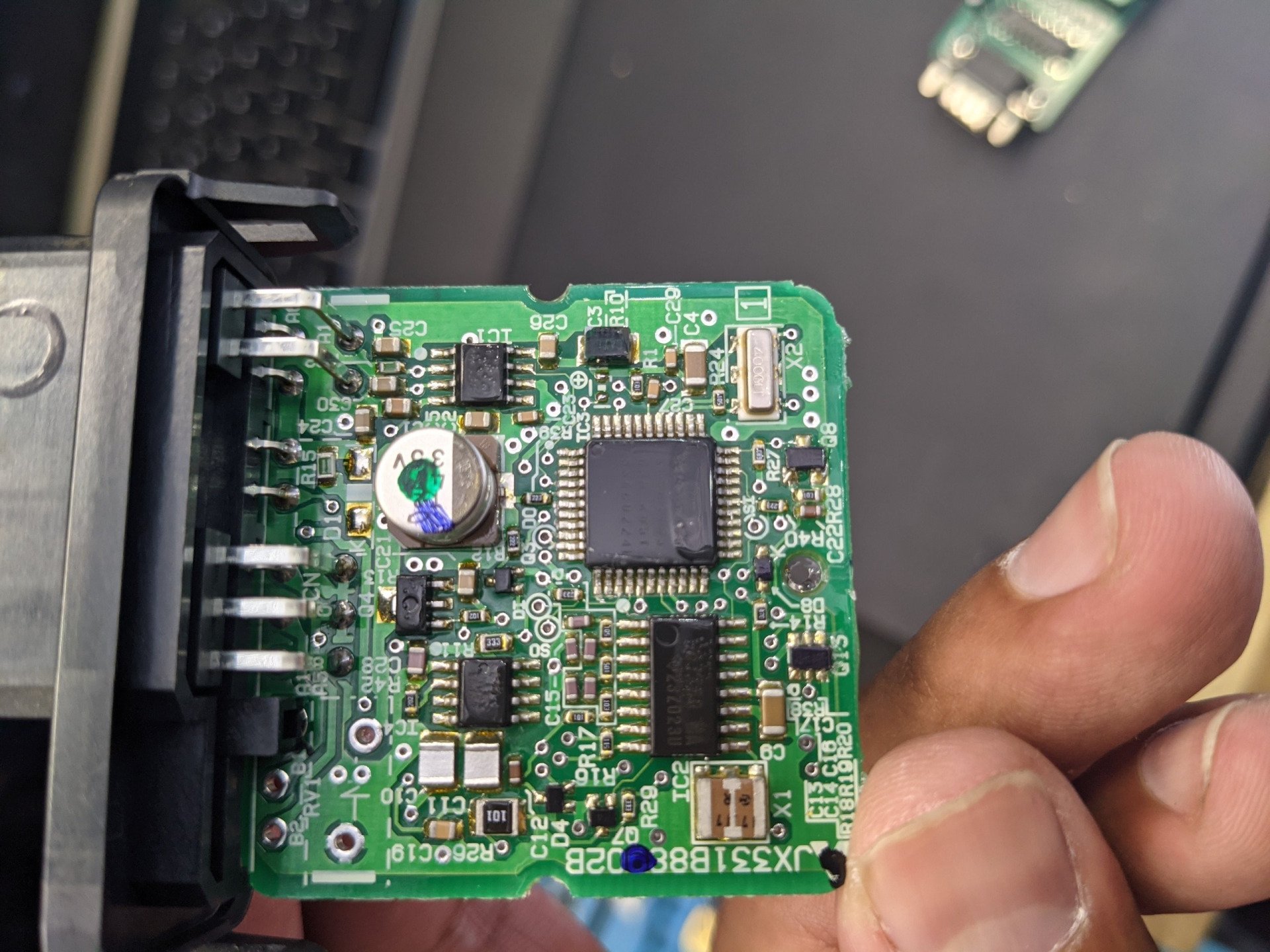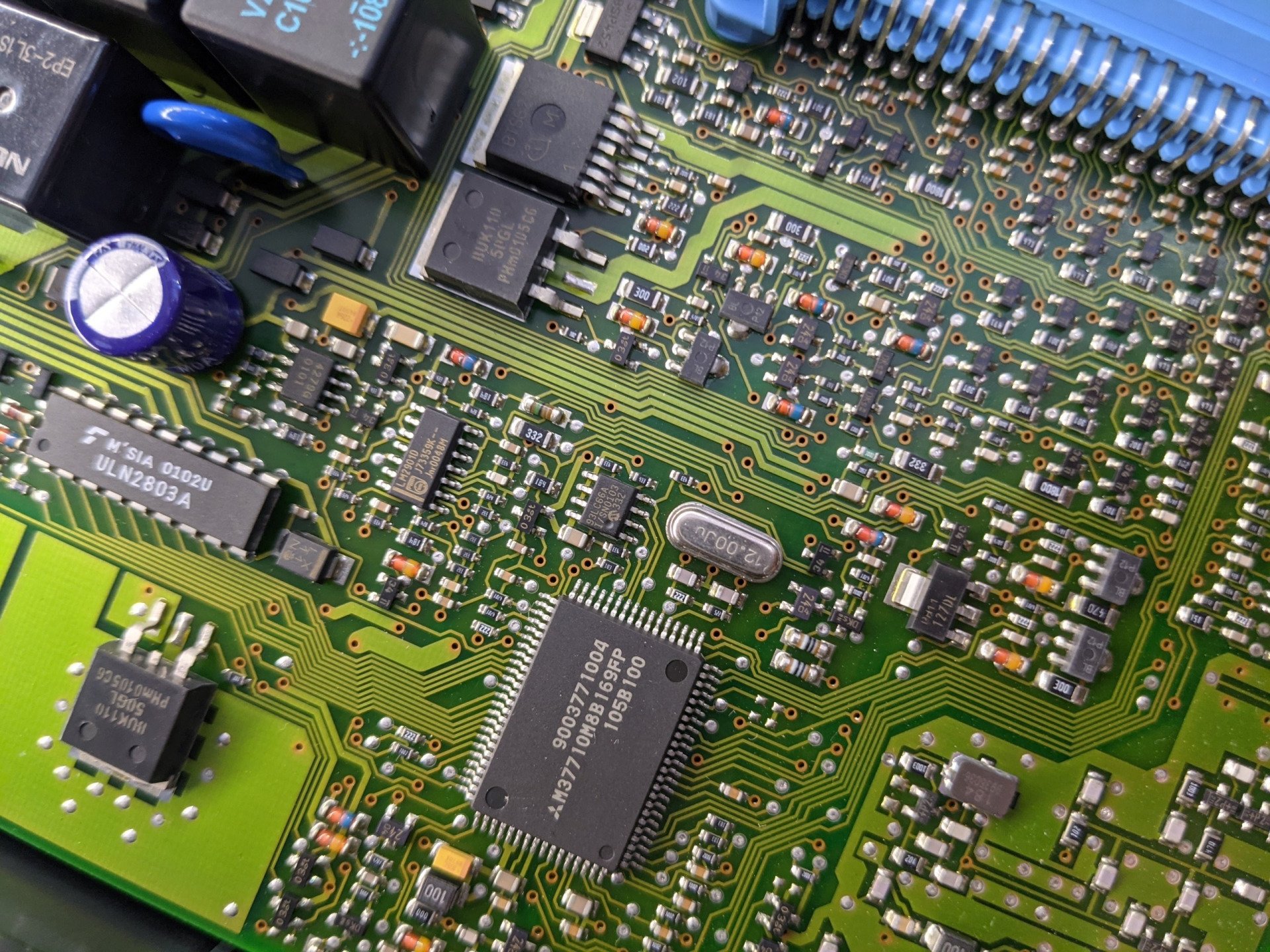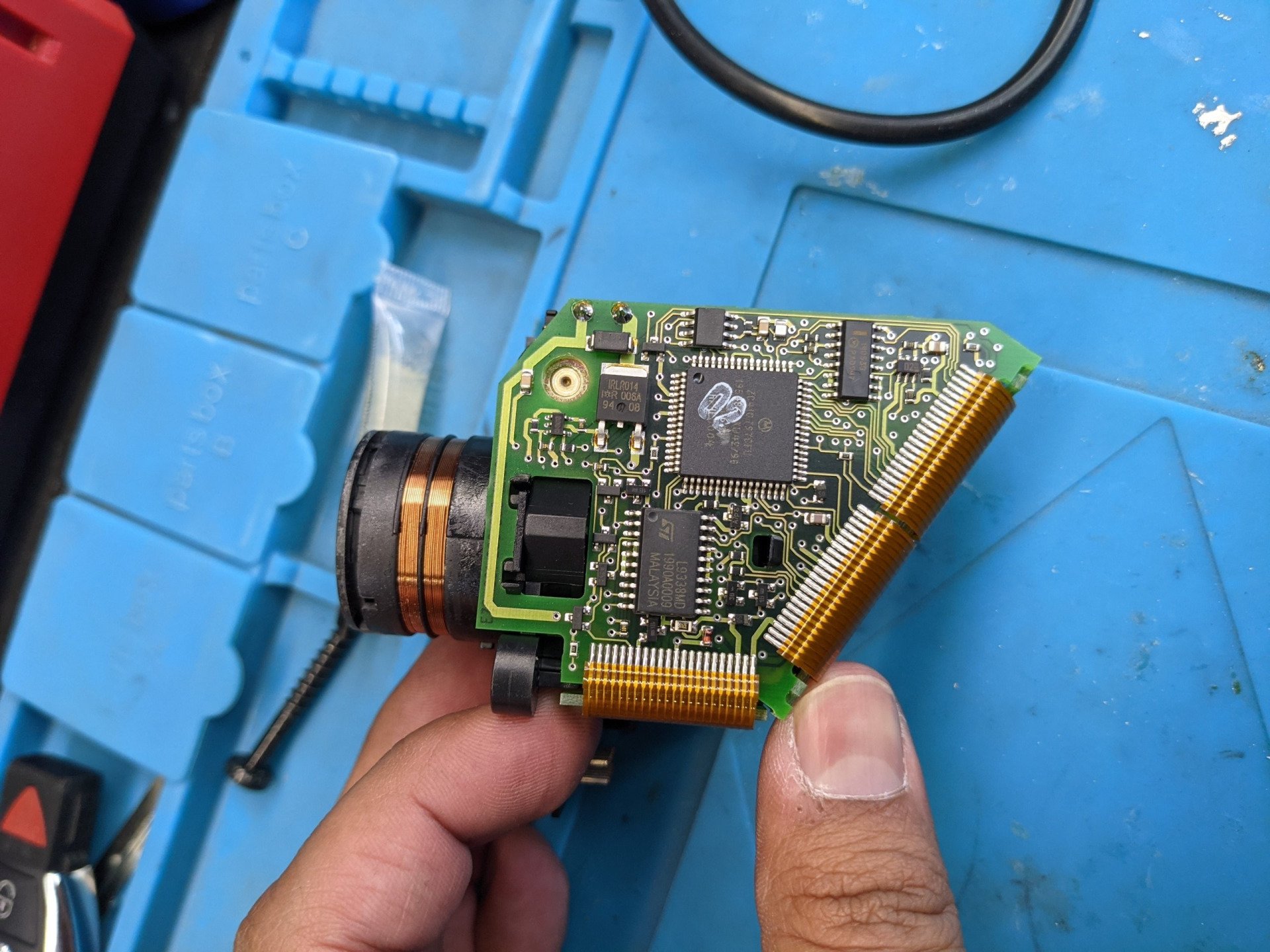
ADAS CALIBRATIONS
With new vehicles coming out every year, more and more vehicles are coming out equipped with ADAS (Advanced driver-assistance systems). This new technology will eventually be standard on all makes, the drive assistance system helps the driver and everyone around you be a bit more safer while driving.
Below are a few system that use ADAS:
Blind Spot Monitoring
Blind-spot monitoring uses a set of sensors mounted on the side mirrors or rear bumper to detect vehicles in the adjacent lanes. If the sensors detect something, they'll alert you via an audible and/or visual warning. Some vehicles even use a camera as the main part of the system or to complement the sensors.
Adaptive Cruise Control
Adaptive cruise control (ACC) is a system designed to help vehicles maintain a safe following distance and stay within the speed limit. This system adjusts a car's speed automatically so drivers don't have to.
Lane Departure Warning
Lane departure warning is designed to help you avoid crashes due to drifting or departing your lane. The system detects lane markers and alerts you when a tire touches a lane marker. The warning is usually a flashing indicator and/or it beeps from the corresponding side. In some systems, the steering wheel or driver’s seat vibrates gently. Generally, lane departure warning systems will not alert you when your turn signal is on.
Park Assist
The Park Assist System uses ultrasonic sensors along the front, rear and sides of your vehicle to detect a parking spot. The system is designed to help you park alongside a detected vehicle or vehicles.
Night Vision
Automotive night vision systems, using thermal imaging, allow drivers to detect pedestrians and retain a clear view of the road ahead, even when vision is obstructed by environmental conditions such as darkness, smoke, or fog.
These systems have to be calibrated properly whenever there are any components being removed or replaced as they have to be programmed, re-centered, re-calibrated or re-aligned. Most ADAS sensors are very precisely aimed and require calibration if their positions are disturbed in any way. Calibrations can also be required as a byproduct of common car service work such as windshield replacement, suspension repair or wheel alignment. Failure to calibrate a sensor when necessary can result in faulty information that will cause ADAS to operate improperly or not at all. Faulty sensor input can cause a warning light or message on the instrument panel and a diagnostic trouble code (DTC) being stored in the vehicle’s module memory.

Slide title
Write your caption hereButton
Slide title
Write your caption hereButton
Slide title
Write your caption hereButton
Slide title
Write your caption hereButton
Contact us
We will get back to you as soon as possible.
Please try again later.
Contact Us
Opening Hours
- Mon - Fri
- -
- Sat - Sun
- -
